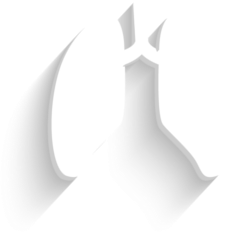Our understanding of lung cancer is changing. What was once seen as a single illness largely linked to smoking is now recognized by doctors as a complex disease with many types and subtypes. While most people with lung cancer have the type known as NSCLC, one person’s NSCLC can be very different from another’s.
Advances in genetics are changing the way doctors treat some people with NSCLC. These discoveries are unlocking the secrets behind what makes some cancers grow and giving doctors the ability to devise treatment plans based on the genetic makeup of the person’s cancer.
Let’s explore what NSCLC is, and how it’s being treated today.





